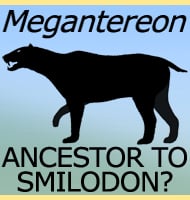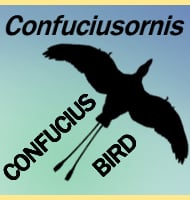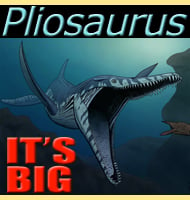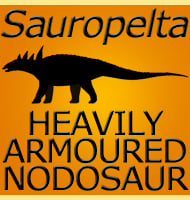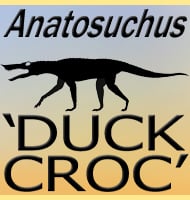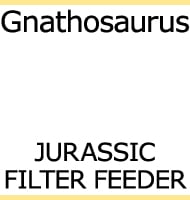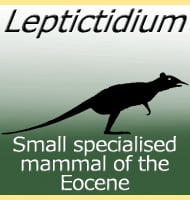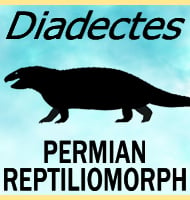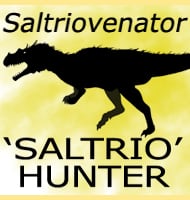In Depth
Sinocephale fossils originally started as being assigned as a species of Troodon back in 1953 when similarity between the teeth of Troodon and other pachycephalosaurs. When the pachycephalosaurs and troodonts were realised to be very different kinds of dinosaurs, material of Sinocephale was then associated with the pachycephalosaur Stegoceras in 1964. The validity of these fossils belonging to Stegoceras was repeatedly called into question over the remainder of the twentieth century, but things were not easy because the original holotype was lost after it was returned to China. Fortunately however that was not the end of the story. Plaster casts of the original holotype fossil were made before it was sent back to China, and upon the rediscovery of the plaster casts a new study could finally be made. In 2021 the fossils casts were used to identify a new genus, Sinocephale.
As mentioned above Sinocephale is a genus of pachycephalosaurid dinosaur that lived in south-east Asia during the late Cretaceous. There is a question mark over to the exact time that Sinocephale lived, due mostly to the uncertain nature of Ulansuhai Formation which has been interpreted as being of varying ages by many different authors. The describing authors of Sinocephale in 2021 however considered the Ulansuhai Formation to be before the Cenomanian period, maybe the Turonian period. If this is correct, then Sinocephale at the time of the genus description is maybe the oldest pachycephalosaurid dinosaur known.
Sinocephale like other pachycephalosaurs was a herbivore and a browser of low growing vegetation. Sinocephale would have also had a dome shaped skull though much of this part is still missing, even from the plaster casts which only copied the available skull material originally available. However the back of the parietal bone did seem to have a recessed groove which would mean that the head of this Sinocephale would have been roughly heart shaped when viewed from above. Further reading
- Fossil reptiles from Mongolia and Kansu. Reports from the Scientific Expedition to the North-western Provinces of China under Leadership of Dr. Sven Hedin. - VI. Vertebrate Palaeontology 6. The Sino-Swedish Expedition Publication. 37:1–113. - B. Bohlin - 1953.
- Fossilium Catalogus I: Animalia Pars 105. Ornithischia (Supplementum I), IJsel Pers, Deventer, 80 pp. - O. Kuhn - 1964.
– Description and revised diagnosis of Asia’s first recorded pachycephalosaurid, Sinocephale bexelli gen. nov., from the Upper Cretaceous of Inner Mongolia, China. - Canadian Journal of Earth Sciences. e–First (10): 981–992. - David C. Evans, Caleb M. Brown, Hailu You & Nicol�s E. Campione - 2021.

